Safe Money Specialists, Inc.
n today’s marketplace it has become increasingly difficult to not only recruit new employees but to retain or reward current employees using traditional methods. For most, planning is a “one size fits all” approach due to plan restrictions or design, discrimination rules, and other factors.
Thankfully, there is a solution; a Section 162 Bonus Plan is a type of compensation program that may be paid to owners, executives, or key employees of the company or to recruit new high-level executives and employees as well. Benefits are in the form of either a permanent life insurance policy or tax-deferred annuity policy, depending upon the company’s needs and desires for the plan.
There are no discrimination factors or guidelines to consider, so what you do for one owner, executive, or key employee can be different in every case. This affords the company the ability to customize a solution for everyone, depending upon the company’s objectives.
The company can also create a vesting schedule whereby you create “Golden Handcuffs” for the executive or key employee so that they will not realize the full benefit until they have completed a predetermined employment period. This is called a restrictive executive bonus agreement.
There are pros and cons to customized, directed bonuses:
Pros
- Can be administered and implemented easily.
- The company can decide both who receives the benefit and how much the benefit is.
- The bonus payments are a tax deduction to the company.
- Section 162 Bonus Plans do not impact any other retirement plans the company may have.
- The recipient of the bonus in a permanent life insurance plan will create an additional tax-free death benefit.
- Will create a tax-free income out of the permanent life policy which requires no re-payment.
- No restriction on access to the funds in the permanent life insurance policy account.
- For the annuity, there is little or no underwriting.
- Guaranteed lifetime income in an annuity.
Cons
- The recipient of the bonus for permanent life insurance must qualify for the product. For those with health conditions, annuities would be a better option.
- Company will not recover the costs from the death benefit.
- The bonus will be taxable to the recipient unless a second bonus is done for the additional tax.
- On a tax-deferred annuity, you cannot access the proceeds prior to age 59½ without penalty.
These plans can be an incredibly effective tool to provide additional compensation or perks to owners, executives, and key employees to help recruit, retain, and reward. In addition, with tax rates on high net wage earners and Roth IRA limitations, this is perhaps the most ideal tool to create a tax-free income.
